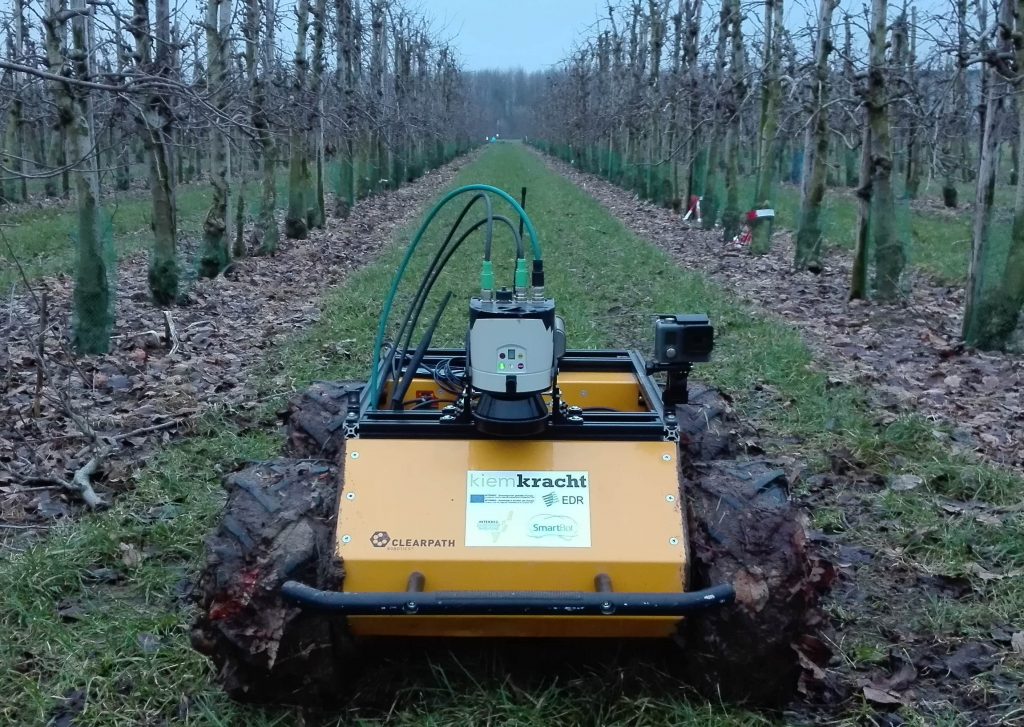Wages increased sharply by 8% since last year for hired farm workers in the Northeast I region that includes New York and the New England states, according to USDA’s quarterly farm labor survey. Table 1 below summarizes wage rates for field, livestock, and all hired farm employees in April 2019, Table 2 contains the same data for April 2018, one year earlier. The “all hired workers” category includes all field and livestock employees, supervisors and managers. Field workers experienced the biggest gain of 11% or $1.54/hour more than last year. Wages for all farm employees increased at a slower rate of 5% in the Northeast II region (PA, MD, NJ, DE), and at a rate of 7% in the U.S. overall. All hired farm employee wages are almost $1.00 higher in Northeast I than in Northeast II and $.90 higher than in the U.S. overall. Northeast I farm wages are some of the highest overall, trailing only the Pacific Northwest, California, and Hawaii. According to the U.S. Bureau of Labor Statistics private-industry, non-farm U.S. wages increased by 3% from March 2018 to March 2019.
It’s important to note that USDA’s wage data includes only regular cash wages and salary. Other pay and benefits “such as cash bonuses, housing, or meals, provided to an employee in addition to pay” are not included.
| Field | Livestock | Field and Livestock Combined | All Hired Workers | |
| Northeast I | 14.98 | 14.02 | 14.50 | 15.61 |
| Northeast II | 13.55 | 13.40 | 13.50 | 14.63 |
| U.S. | 13.80 | 13.61 | 13.73 | 14.71 |
| Field | Livestock | Field and Livestock Combined | All Hired Workers | |
| Northeast I | 13.44 | 13.03 | 13.25 | 14.46 |
| Northeast II | 13.37 | 12.68 | 13.10 | 13.89 |
| U.S. | 12.72 | 12.78 | 12.74 | 13.72 |
__________________________________________________________________
By Richard Stup, Cornell University. Permission granted to repost, quote, and reprint with author attribution.
The post Farm Wages Up 8% in Northeast I appeared first on Cornell Agricultural Workforce Development

